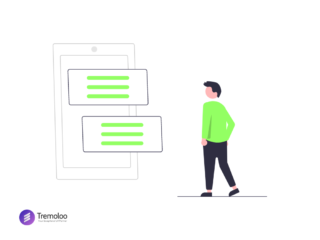
There are five qualitative research methods.
The first is user interviews.
User interviews are at their core just a one on one conversation. They allow us to hear first-hand stories about someone’s experiences, opinions, and interests. There’s a lot of different ways you can approach user interviews. They can be conducted in person or over the phone.
The second method is direct observation.
Direct observation is a form of a field study where you directly observe user behavior. Direct observation is useful for conducting design research and user process. It’s great for learning user vocabulary, understanding businesses with customers, and discovering common workarounds.
A third method is a different form of a field study, contextual inquiry.
It is a mix of that direct observation and a user interview. We first ask users a set of standard questions and then we observe them and ask them questions. This is all conducted in the context and work environments of theirs, not ours.
A fourth method is a diary study.
It is used to collect qualitative data about user behaviors, activities, and experiences over time as that user tries to accomplish a specific task or goal. In a diary study, data is self-reported by participants. Diary studies are helpful in collecting that habitual usage data and recognizing any kind of change in attitude, behavior, or motivation of the user over time.
A fifth method is focus groups.
‘Focus groups’ is an informal technique that can help assess user needs and feelings on both interface or brand perception. In a focus group, you bring about six to nine users to discuss issues and concerns. The group typically lasts about two hours and is run by a moderator who maintains the group focus.
Regardless of the methods you choose, there are two things to remember. First, with qualitative data, you don’t need a lot of people, but you need the; right people. Second, use two to three different qualitative methods to ensure you’re getting that rich validated data.
Reference: https://www.nngroup.com/videos/5-qualitative-research-methods/



